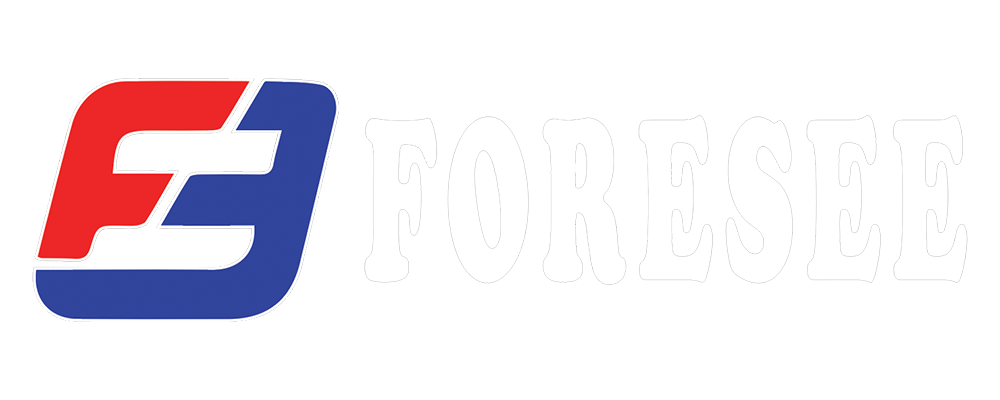The American Welding Society (AWS) provides classifications for welding wire to specify the type, composition, and intended use of various welding wires. These classifications help ensure that welding wires meet specific standards and are suitable for particular welding processes and applications.
The AWS classification for welding wire typically includes a series of letters and numbers that convey important information about the wire, such as:
-
Type of Wire: The classification may indicate whether the wire is solid or flux-cored. Solid wires are designated with an "S" prefix, while flux-cored wires are designated with a "F" prefix.
-
Material Composition: The classification often includes information about the material composition of the wire, such as the type of base metal or filler metal used. This helps determine the suitability of the wire for welding different types of metals, such as carbon steel, stainless steel, aluminum, or nickel alloys.
-
Shielding Gas: For gas-shielded wires, the classification may specify the type of shielding gas required for optimal performance, such as carbon dioxide (CO2), argon (Ar), or a mixture of gases.
-
Wire Diameter: The classification may indicate the diameter of the wire in inches or millimeters. This helps welders select the appropriate wire size for their welding application.
-
Tensile Strength: In some cases, the classification may include information about the minimum tensile strength of the deposited weld metal produced by the wire.
An example of an AWS classification for a solid carbon steel welding wire could be "ER70S-6", where:
- "ER" indicates that it is an electrode or rod.
- "70" represents the minimum tensile strength of the deposited weld metal in ksi (70,000 psi).
- "S" indicates that it is a solid wire.
- "-6" refers to the specific chemical composition and other characteristics of the wire.
Similarly, an example of an AWS classification for a flux-cored stainless steel welding wire could be "E308LT-1", where:
- "E" indicates that it is an electrode or rod.
- "308" specifies the type of stainless steel (in this case, 308 stainless steel).
- "LT" indicates low-temperature characteristics.
- "-1" refers to the specific chemical composition and other characteristics of the wire.
These classifications help welders and engineers select the appropriate welding wire for their specific welding processes and applications, ensuring high-quality and reliable welds.

Recent post